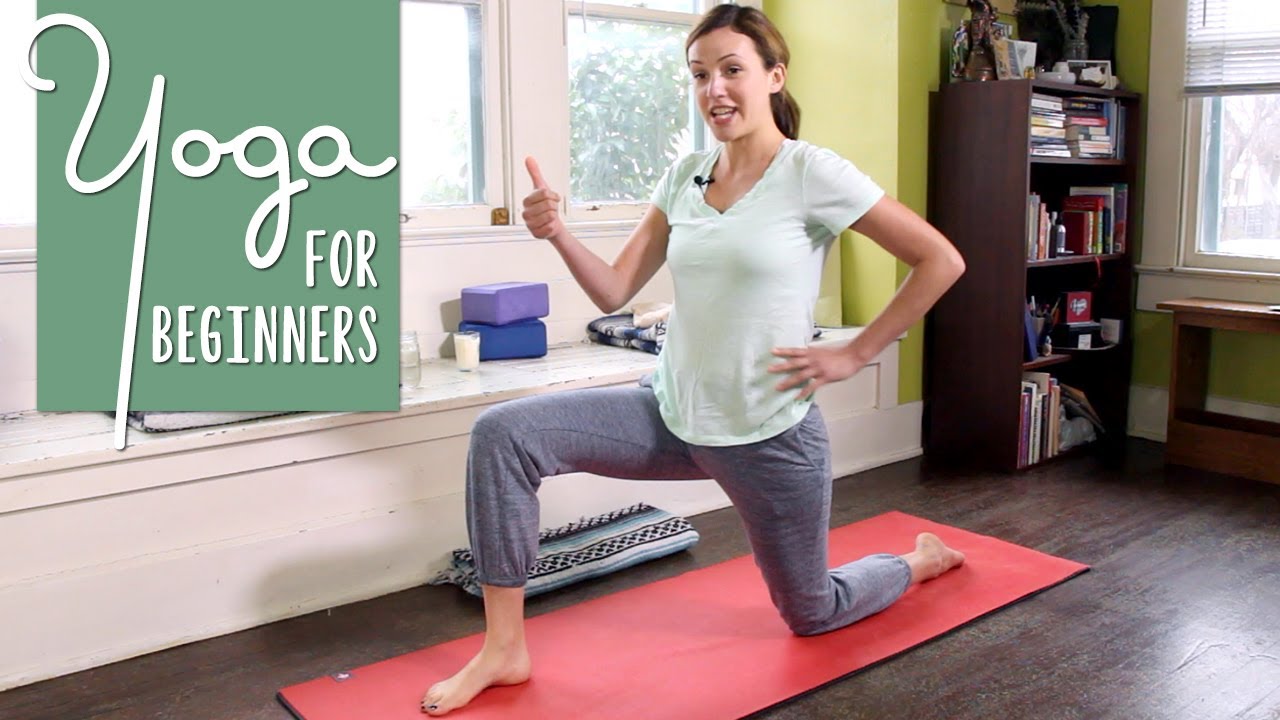
These factors may help you reduce food intake and become aware of the effects of overeating. Yoga may be a promising way to help with behavioral change, weight loss, and maintenance by burning calories, heightening mindfulness, and reducing stress. These findings are especially promising for people whose body weight may make more vigorous forms of yoga difficult. One study found that restorative yoga was effective in helping overweight women to lose weight, including abdominal fat. While restorative yoga isn’t an especially physical type of yoga, it still may help in weight loss. Practicing yoga may also help you develop muscle tone and improve your metabolism. These types of yoga keep you moving almost constantly, which helps you to burn calories. Vinyasa and power yoga are usually offered at hot yoga studios. Ashtanga, vinyasa, and power yoga are examples of more physical types of yoga. While yoga isn’t traditionally considered an aerobic exercise, there are certain types of yoga that are more physical than others.Īctive, intense styles of yoga help you burn the most calories. Larger, more in-depth studies are needed to expand on these findings. However, this score improved the longer people did the practice.

Their levels of sleepiness weren’t significantly different at the follow-up.

This mindfulness included acting with awareness and not judging inner experiences.

You can also set intentions during yoga nidra, which may help you develop weight loss goals.Ī small 2018 study found that healthcare workers who did yoga nidra for 8 weeks increased their levels of mindfulness. Yoga nidra is a form of guided relaxation that may help you to sleep more deeply and increase mindfulness. Both groups were limiting the number of calories they consumed, suggesting that sleep loss has an adverse effect on body composition, including fat loss. A 2018 study found that people who had restricted sleep 5 times per week lost less fat than the group that followed their normal sleeping patterns. Quality sleep is often associated with weight loss. Ideally, you should sleep between 6 and 9 hours each night. You may find that you’re able to fall asleep more easily and sleep more deeply when you have a consistent yoga practice. Practicing yoga can help improve the quality of your sleep. You may also learn to chew each bite more thoroughly and eat more slowly, which can lead to less consumption.

After a yoga session, you may be more likely to crave fresh, unprocessed foods.
#BEGINNERS YOGA FOR WEIGHT LOSS AT HOME FULL#
Since you’re advised not to practice yoga on a full stomach, you are likely to make healthy eating choices before doing yoga. Further studies are needed to expand on these findings. There was no significant effect on weight loss directly, but it’s thought that weight loss is associated with longer periods of mindfulness training. Yoga is thought to be especially beneficial for people who are struggling to lose weight in other ways as well.Ī study from 2017 reported that mindfulness training has positive short-term benefits regarding impulsive or binge eating and physical activity. They may also become more in tune with their body so that they notice when they’re full. It can make you more conscious of how different foods affect your mind, body, and spirit.Ī 2016 study suggested that people who develop mindfulness through a yoga practice may be better able to resist unhealthy foods and comfort eating. This increases your awareness on many levels. The mental and spiritual aspects of yoga focus on developing mindfulness.


 0 kommentar(er)
0 kommentar(er)
